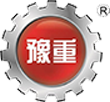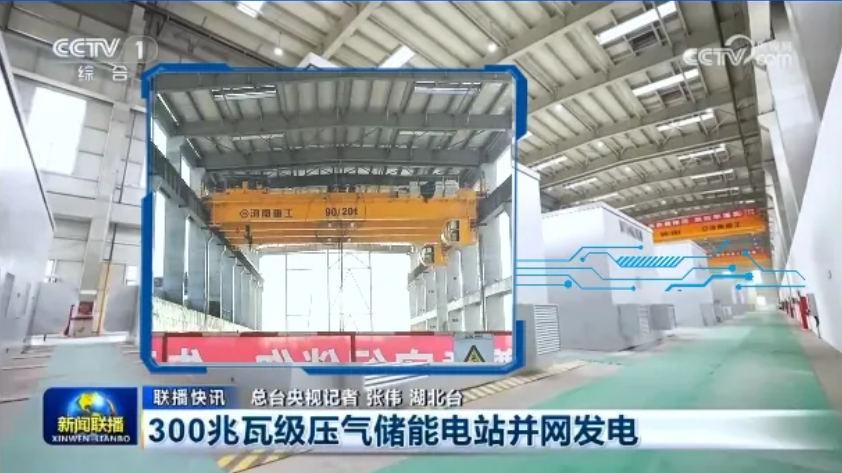Henan Zhonggong Group Invites You to Attend the 9th Changyuan (China) International Hoisting Machinery Exhibition
No. 6, Crane Industrial Park, Changyuan Town, Xinxiang City, Henan Province, China

Henan Zhonggong Group
Henan Tosta Machinery Co., Ltd.
Gantry Crane
Overhead Crane
Light Crane
Port & Container Crane
Launching Gantry Crane
Hoist & Crane Trolley
Crane Components
Electric Winch Overview
EOT Crane
The power supply of the crane is generally three-phase AC (three-phase four-wire system) with a frequency of 50Hz/60Hz and a voltage of ≤1000V (can be 3kV, 6kV or 10kV if needed). The voltage fluctuation at the feeder line of the power supply system where the crane is connected should not exceed ±10% of the rated voltage.
The track installation for crane operation should meet the GB/T level tolerance requirement. The grounding resistance value of the running track of the crane should not exceed 4Ω. The elevation of the installation and use location of the crane should not exceed 1000m (if it exceeds 1000m, the motor capacity should be checked according to GB 755, and the capacity of electrical components should be checked if it exceeds 2000m).
The radiated heat temperature of the hook part of the crane should not exceed 300℃ when lifting an item.
The climate conditions when the crane is working indoors:
The ambient temperature should not exceed +40℃, and the average temperature within 24 hours should not exceed +35℃. The ambient temperature should not be lower than -5℃. The relative humidity should not exceed 50% at the temperature of +40℃.
The climate conditions when the crane is working outdoors:
The ambient temperature should not exceed +40℃, and the average temperature within 24 hours should not exceed +35℃. The ambient temperature should not be lower than 20℃. The relative humidity can temporarily reach 100% when the ambient temperature does not exceed +25℃.
The working wind pressure should not be greater than 150Pa (equivalent to wind level 5) inland and 250Pa (equivalent to wind level 6) coastal; the maximum wind pressure in non-working state is generally 800Pa (equivalent to wind level 10), which can be agreed upon separately.
The overhead crane is a type of crane that runs on elevated rails and is also called an overhead crane. The bridge frame of the overhead crane runs longitudinally along the rails on both sides of the elevated track, and the crane trolley runs horizontally along the rails on the bridge frame, forming a rectangular working range. The crane can use the space below the bridge frame to lift materials without being obstructed by ground equipment. This type of crane is widely used in indoor and outdoor warehouses, factories, docks, and open-air material storage yards.
Overhead cranes are important tools and equipment for realizing mechanization and automation in modern industrial production and lifting and transportation processes. Therefore, overhead cranes are widely used in indoor and outdoor industrial and mining enterprises, steel and chemical industries, railway transportation, port terminals, and logistics turnover and other departments and places. In the steel and chemical industries, the use of explosion proof overhead crane has become particularly prevalent, as it significantly reduces safety risks associated with flammable and hazardous materials. Overall, overhead cranes play a vital role in different aspects of industrial production, making them indispensable equipment across various industries.
We focus on the import and export business of lifting machinery, heavy machinery, automotive parts, mechanical parts, etc. As a research and development-oriented company, we have more than 1,200 employees, including over 200 engineers and management personnel. The Heavy Industry Group has nine subsidiaries and has developed into a collection of lifting machinery, port machinery, mining machinery, nuclear power plants, etc. After years of technological innovation, we have obtained more than 200 patents and are a member unit of the "China Heavy Machinery Industry Association" Overhead Crane Branch. Please feel free to contact us for more information.

Henan Zhonggong Group Invites You to Attend the 9th Changyuan (China) International Hoisting Machinery Exhibition

Henan Zhonggong Group Helped CEEC Project Creating a Number of World Records

Henan Zhonggong Group Manufactures 130 ton Double Girder Overhead Cranes-copy-1713231259